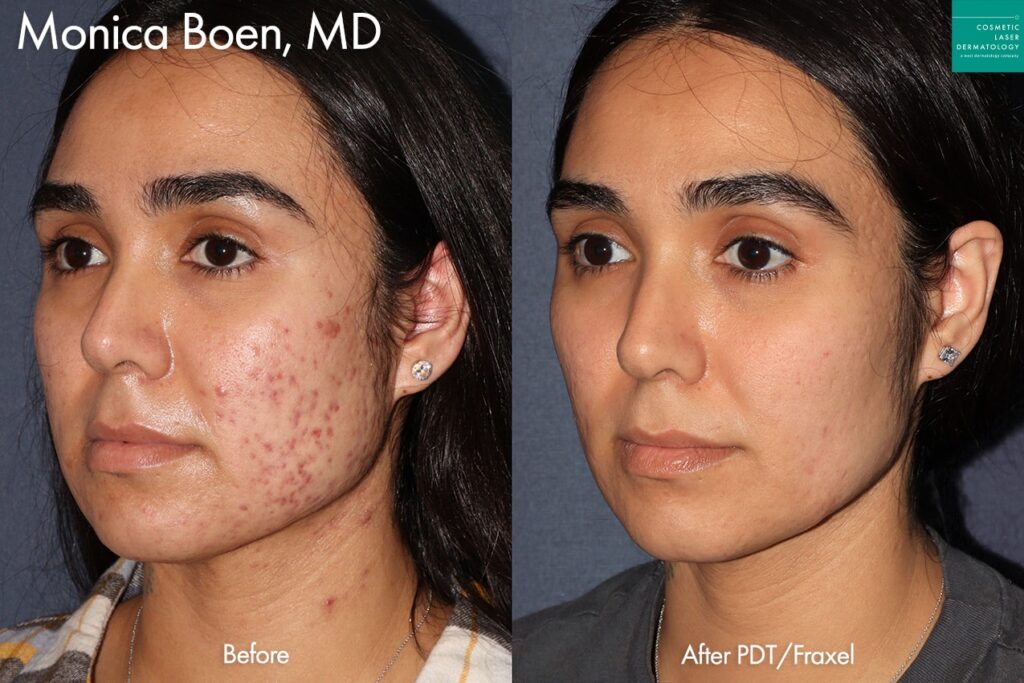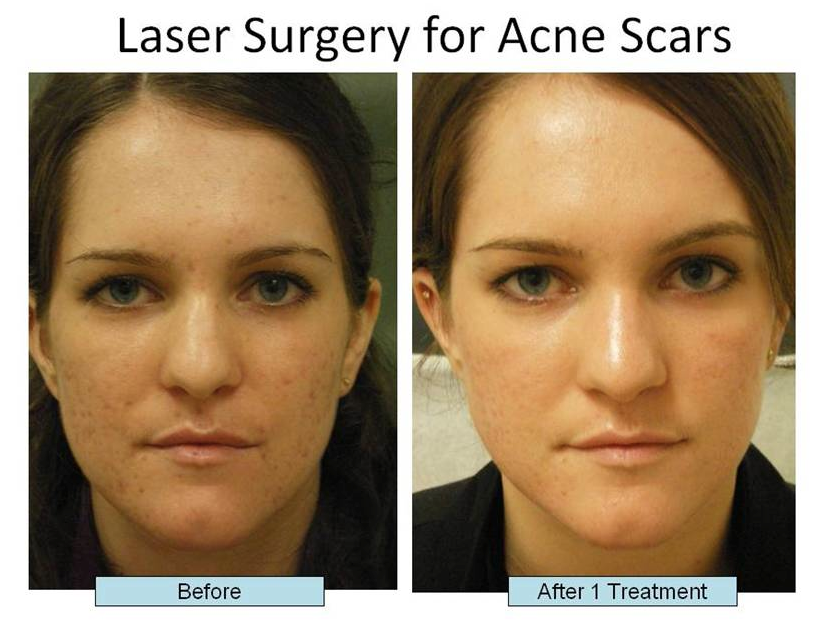Efficient Acne and Acne Scars Treatment: Clear Your Skin with Confidence
Efficient Acne and Acne Scars Treatment: Clear Your Skin with Confidence
Blog Article
Understanding the Numerous Skin Problem and Efficient Therapy Options for Acne Scars
Acne scars stand for a complicated interplay of skin disease that considerably influence individuals' self-confidence and total skin health. Recognizing the distinctive sorts of acne marks-- hypertrophic and atrophic-- alongside their underlying causes, is essential for determining reliable therapy methods. Numerous healing options exist, ranging from sophisticated dermatological treatments to all-natural remedies. Nonetheless, the efficacy of these therapies commonly hinges on tailored analyses by qualified professionals. As we check out the landscape of acne scar monitoring, it comes to be obvious that the trip towards more clear skin might include greater than simply topical options.
Sorts Of Acne Marks
Acne scars can show up in numerous types, each needing particular therapy approaches. The 2 key classifications of acne scars are atrophic and hypertrophic scars. Atrophic marks are identified by a loss of cells, resulting in clinically depressed areas on the skin. These scars are more categorized right into 3 subtypes: ice pick scars, which are narrow and deep; boxcar marks, which are larger and have distinct edges; and rolling scars, which produce a wave-like look because of uneven skin appearance.
In comparison, hypertrophic marks arise from an overflow of collagen during the healing procedure, causing increased areas on the skin. These marks are commonly solid and can differ in color, in some cases showing up red or darker than the surrounding skin.

Root Causes Of Acne Scarring
Scarring takes place as a result of the body's all-natural healing response to inflammation and injury created by acne lesions. When acne types, it sets off an inflammatory response, bring about the launch of various cytokines and development variables that promote recovery. This process can occasionally lead to excessive cells development or poor fixing, resulting in marks.
The key causes of acne scarring consist of the intensity of the acne itself, period of the sores, and specific skin types. Severe inflammatory acne, such as cysts and blemishes, is more most likely to cause scarring due to much deeper tissue damage. Additionally, inappropriate handling of acne lesions, such as squeezing or selecting, can exacerbate cells injury and swelling, boosting the likelihood of scarring.
Hereditary tendency also plays a substantial duty; individuals with a family history of scarring are at a higher danger. In addition, skin type and shade can influence mark formation, as darker complexion might experience post-inflammatory hyperpigmentation, while lighter skin might create atrophic marks.

Therapy Choices for Scarring
Reliable treatment options for acne scarring differ depending on the type and severity of the scars. Usually categorized right into atrophic, hypertrophic, and keloid scars, these problems require tailored techniques for optimum outcomes.
For atrophic scars, which are identified by a loss of cells, treatments such as chemical peels, microdermabrasion, and laser therapy are commonly utilized. These methods advertise skin revival and stimulate collagen manufacturing, therefore boosting skin texture. Subcision, a minimally invasive procedure, can also work by separating fibrous bands under the skin.
Hypertrophic and keloid scars can be more testing to treat. Options include corticosteroid injections to decrease swelling and flatten the scars. acne treatment for sensitive skin. In many cases, cryotherapy or laser therapy may be suggested to minimize their appearance
Surgical alternatives are offered for severe scarring, where excision or skin grafting might be necessary. It's important for people to consult with a skin doctor to evaluate their details scar type and review the most appropriate treatment strategy. Combining several treatments commonly generates the finest end results, making sure that each patient's special skin condition is attended to effectively.
Home Treatments and All-natural Solutions
Natural remedies and natural home remedy can supply an available strategy for people looking for important site to improve the appearance of acne scars. Various components located in the home kitchen have shown possible advantages in improving skin appearance and advertising recovery.
Using fresh aloe vera gel straight onto the marks can assist boost skin hydration and lower soreness. Honey possesses natural antibacterial and moisturizing top qualities that can aid in scar healing.
Another efficient option is lemon juice, which acts as a natural exfoliant and can lighten hyperpigmentation. It ought to be utilized meticulously, as it might create photosensitivity. Oatmeal masks are also useful; their mild exfoliation can aid remove dead skin cells while relaxing inflammation.
Crucial oils, such as tea tree oil and lavender oil, can additionally sustain scar recovery due to their antimicrobial homes. It is critical to execute a spot examination prior to using any type of treatment to ensure there are no damaging reactions. These all-natural services can be a complementary method in the trip to lessen acne marks.
Avoiding Future Scarring
Embracing a proactive technique to skin care can substantially decrease the risk of developing future acne marks. Routine cleansing, exfoliation, and hydration can help preserve skin wellness and stop clogged up pores.
Furthermore, staying clear of the lure to select or squeeze acne lesions is important, as this can result in swelling and subsequent scarring. Instead, individuals must concentrate on using topical therapies that advertise recovery and minimize swelling. Components such as salicylic acid, benzoyl peroxide, and retinoids are recognized for their effectiveness in handling acne and decreasing scars.

Last but not least, maintaining a healthy diet plan rich in antioxidants and staying moisturized supports skin regrowth. By executing these precautionary procedures, people can significantly decrease their threat of future scarring and advertise general skin health.
Verdict
In conclusion, a detailed understanding of acne marks, encompassing both hypertrophic and atrophic kinds, is vital for reliable treatment techniques. Appointment with a dermatologist remains critical to devise customized methods that think about private skin kinds and scar seriousness, eventually improving the efficiency of mark monitoring strategies.
Acne marks stand for a complex interaction of skin problems that significantly impact people' self-confidence and general skin health and wellness. The you could try this out two main classifications of acne scars are atrophic and hypertrophic marks. These scars are additional categorized into three subtypes: ice pick scars, which are narrow and deep; boxcar scars, which are wider and have distinct edges; and rolling marks, which develop a wave-like appearance due from this source to irregular skin structure.
A comprehensive consultation with a skin doctor can help identify the most proper treatment, taking right into account the person's skin type, scar seriousness, and total skin wellness.
Consultation with a skin specialist remains essential to design personalized approaches that take into consideration individual skin kinds and scar intensity, ultimately improving the effectiveness of mark monitoring methods.
Report this page